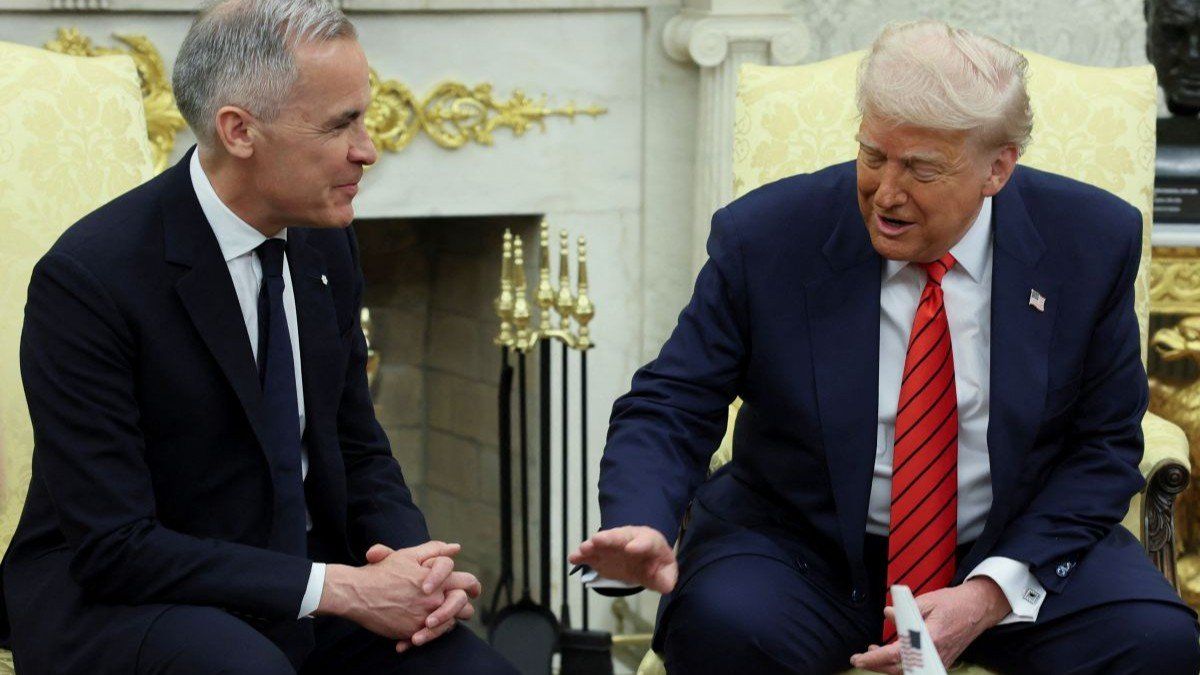The first official meeting between Canadian Prime Minister Mark Carney and US President Donald Trump was friendlier than you might expect given the recent tensions in the relationship. Carney described Trump as a “transformational” president, while the US leader said he had “a lot of respect” for his Canadian counterpart.
It wasn’t all pleasantries, however: Trump again said Canada should become the 51st state, to which Carney cautioned the former real estate magnate that “there are some places that are never for sale.”
Trump’s response? “Never say never.”
The start of a beautiful friendship? Despite some disagreements, the two leaders agreed to begin talks on new economic and security frameworks. The Canadian dollar even rallied slightly after the “positive” exchange.
But tariffs remain in place: Canada and the US are keeping their tariffs on each other’s steel, aluminum, and auto industries for now.
Next stop, the G7. The two men will meet again, along with other world leaders, when Canada hosts the G7 summit in Kananaskis, Alberta, next month. Ahead of that, Carney gave Trump a gift. What was it? A Kananaskis Country Golf Course hat, naturally, and some other gear from the resort.
For more on Tuesday’s White House tête-à-tête and upcoming trade talks, read GZERO’s interview below with former Canadian Progressive Conservative leader and Quebec Premier the Hon. Jean Charest.